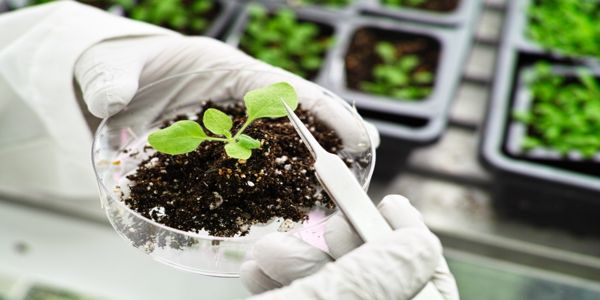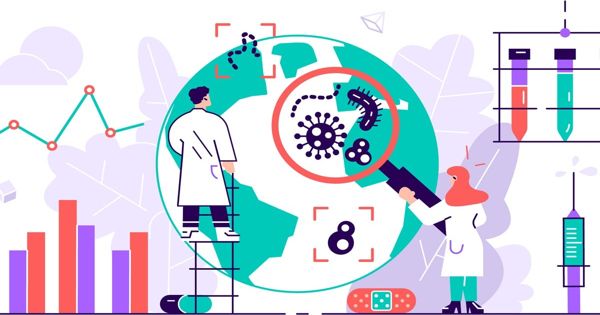Plant diseases do not stop at a country’s borders, nor do miles of ocean prevent their spread. That is why, according to a team of researchers in a new commentary published in Proceedings of the National Academy of Sciences, global plant disease surveillance, improved plant disease detection systems, and predictive plant disease modeling are required to mitigate future plant disease outbreaks and protect the global food supply.
The goal is to “detect these plant disease outbreak sources early and stop the spread before it becomes a pandemic,” according to Jean Ristaino, the paper’s corresponding author and the William Neal Reynolds Distinguished Professor of Plant Pathology at North Carolina State University. It is difficult to control an epidemic once it has begun, according to Ristaino, who compared the effort to the one undertaken to stop the spread of COVID-19.
While some crop diseases are already being monitored globally – Ristaino mentioned wheat rust and late blight, an important pathogen that affects potatoes and caused the Irish famine – other crop diseases are not.
Plant diseases don’t stop at a nation’s borders and miles of oceans don’t prevent their spread, either. That’s why plant disease surveillance, improved plant disease detection systems, and predictive plant disease modeling – integrated at the global scale – are necessary to mitigate future plant disease outbreaks and protect the global food supply.
“There are a few existing surveillance networks,” Ristaino said, “but they need to be connected, funded by intergovernmental agencies, and expanded to global surveillance systems.” “We can improve disease monitoring by using electronic sensors to detect and track emerging plant pathogens.”
Ristaino believes that efforts from a diverse group of academics – so-called convergence science – are required to prevent plant disease pandemics. That entails economists, engineers, crop scientists, crop disease specialists, geneticists, geographers, data analysts, statisticians, and others collaborating to protect crops, farmers who grow crops, and the people who eat those crops. The GRIP4PSI Plant Science Initiative is assisting NC State in funding such a team.
The researchers report in their paper that they are conducting research to model the risk of plant-pathogen spread in order to predict and then prevent outbreaks. Modeling and forecasting disease spread can help more precisely mobilize mitigation strategies to avert pandemics.

According to the researchers, global plant disease outbreaks are becoming more common and endangering the global food supply. According to a paper published in 2019, mean losses to major food crops such as wheat, rice, and maize ranged from 21% to 30% due to plant pests and diseases. Consider the case of bananas, specifically the Cavendish variety, which has no resistance to Fusarium odoratissimum Tropical race 4, the pathogen that causes Panama disease of banana. This pathogen spread quickly from Asia to Africa, the Middle East, and, most recently, South America, where it affects Cavendish bananas, the main type of banana grown for export in the Americas.
According to Ristaino, climate change will likely exacerbate these outbreaks. Climate change and drought in Saharan Africa, for example, affect the population and range of locusts, which devastate crops further south in Sub-Saharan Africa. Climate data can be used to fuel disease forecasting and spread models.
“More frequent rainfall can allow airborne plant pathogens to spread, and fungal spores can move with hurricanes, which is how soybean rust arrived in North America from South America – via storms,” said Ristaino, who also directs NC State’s faculty cluster on emerging plant disease and global food security. “There are also cases of early emergence, when pathogens emerge earlier in the growing season than usual due to warmer springs.”
Furthermore, some plant disease pandemics are being driven by the global nature of food trade. The emergence of new harmful plant pathogens raises new concerns about the food supply, which is already being strained by rising global population.
“There is a need to connect human global health and plant global health researchers in order for them to collaborate,” Ristaino said. “Agriculture is linked to food security and livelihoods, and human health is linked to the food we eat.”
















